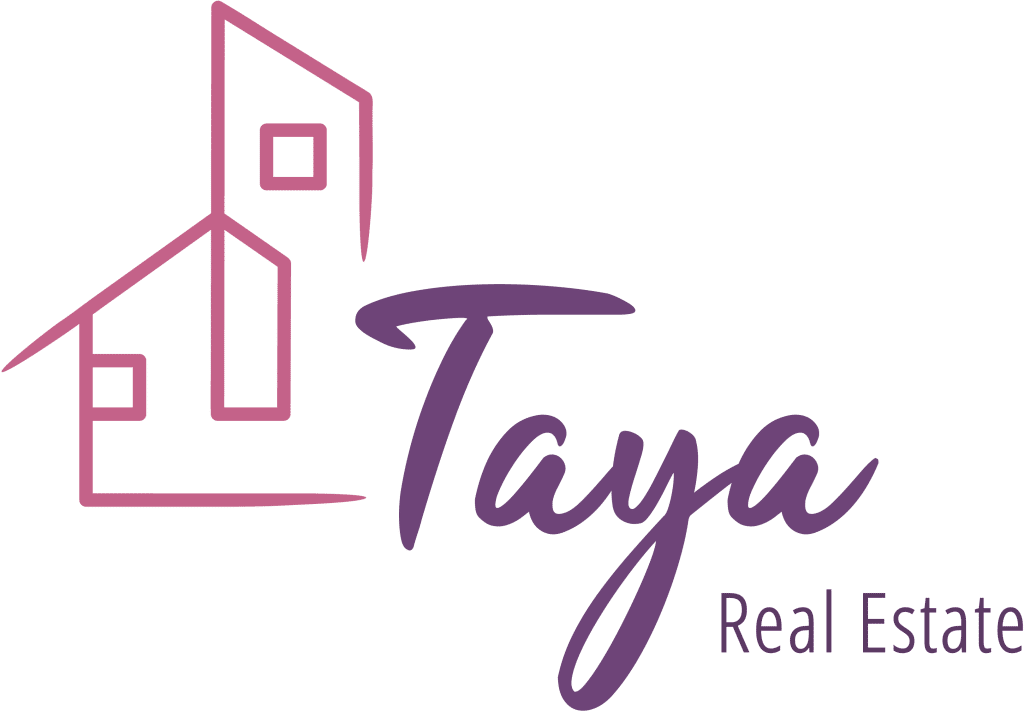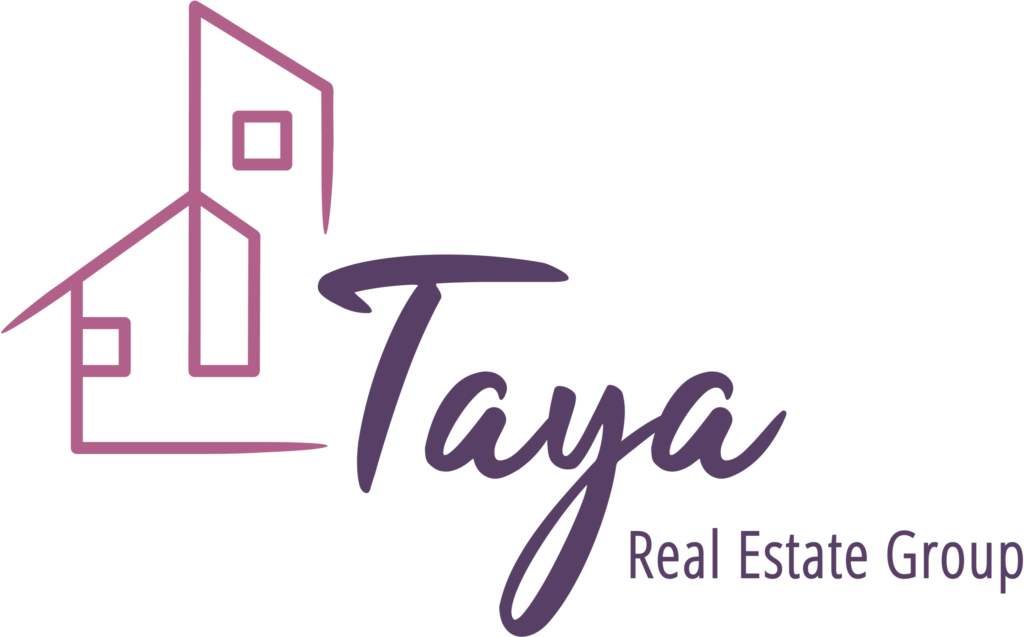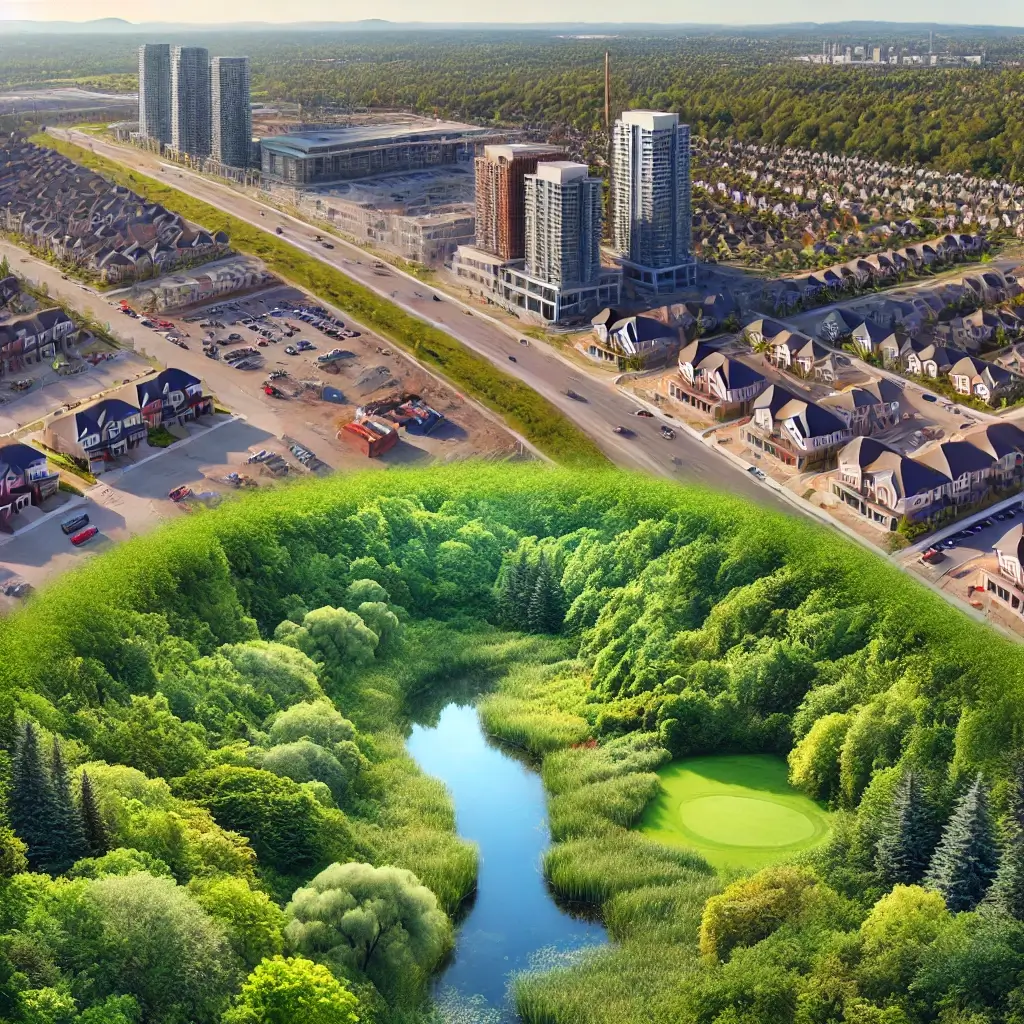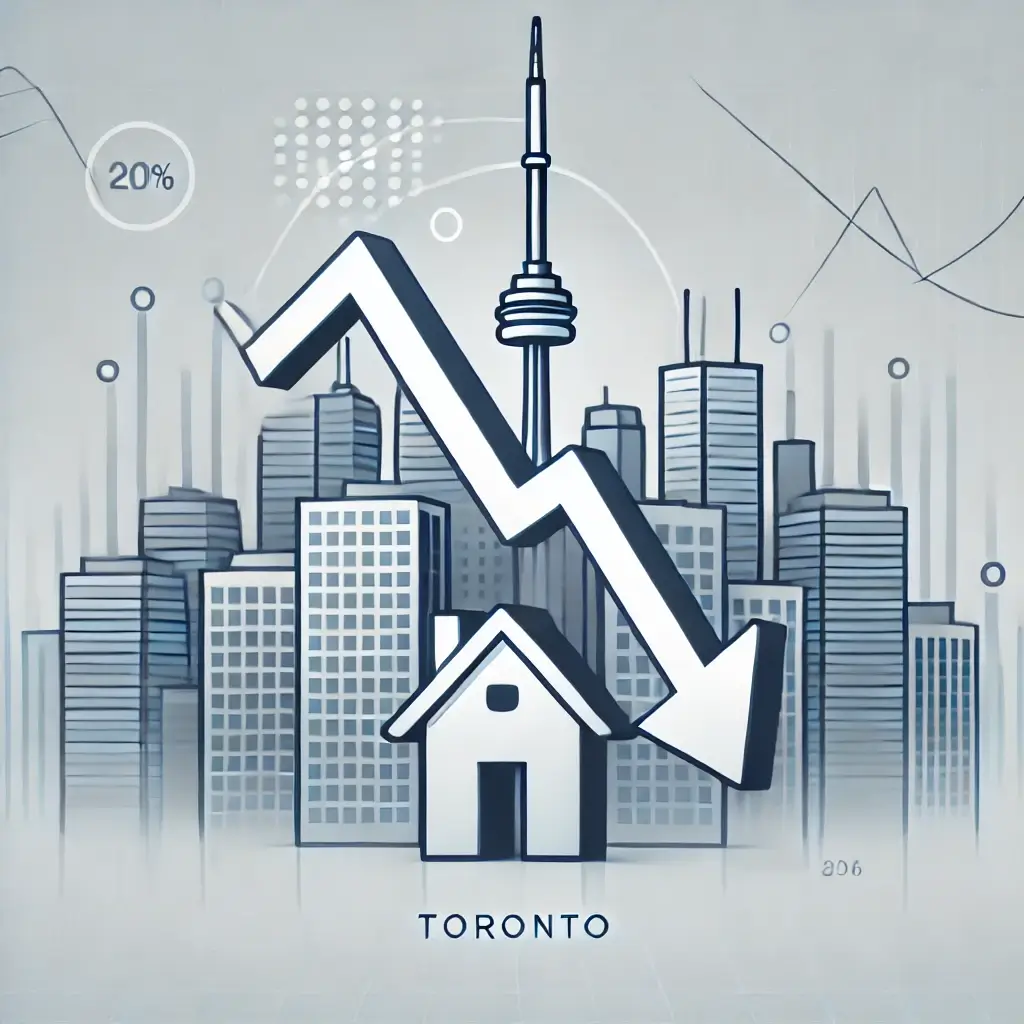The Greenbelt around Toronto has been a critical feature of Ontario’s land use planning strategy since its creation in 2005. It was designed to protect environmentally sensitive areas, agricultural land, and natural spaces from urban sprawl. However, with recent discussions about revisiting and potentially altering the Greenbelt Development Plan, many are wondering how these changes could impact the real estate market, particularly property prices, in the Greater Toronto Area (GTA).
What is the Greenbelt, and Why Does It Matter?
The Greenbelt is a protected area of more than 2 million acres, encircling the Golden Horseshoe region around Toronto. Its primary goal is to curb urban sprawl, ensuring that future development is concentrated in already urbanized areas, thus preserving agricultural land, forests, wetlands, and water resources.
Key reasons the Greenbelt matters:
- Environmental Protection: The Greenbelt protects critical natural areas that serve as habitats for wildlife and help maintain clean air and water for the region.
- Agriculture: The Greenbelt is home to some of Ontario’s most fertile farmlands, which contribute significantly to the province’s food security.
- Urban Planning: By restricting development, the Greenbelt encourages higher density and smarter urban planning in areas outside its borders.
The Current Debate: What Could Change?
The Ontario government has been proposing amendments to the Greenbelt Plan, arguing that additional land may be needed for housing development to meet the growing demand in the GTA. Several pieces of land are being considered for removal from the Greenbelt, which could open these areas to urbanization. These changes are controversial, and there are two primary sides to the debate:
- Proponents of Development: Those in favor of the changes argue that releasing parts of the Greenbelt for housing would help alleviate the housing crisis in the GTA. With high demand and low supply, property prices have surged, making homes unaffordable for many. Opening up new areas for development could potentially ease this pressure.
- Opponents of Development: On the other hand, environmental advocates and local communities worry that removing protection from parts of the Greenbelt would lead to unchecked urban sprawl, environmental degradation, and loss of agricultural land. They also argue that the focus should be on redeveloping and intensifying existing urban areas rather than encroaching on protected land.
How Could This Impact Property Prices?
While it’s still uncertain what changes (if any) will be made, there are several potential ways that modifying the Greenbelt Development Plan could influence property prices across the GTA:
- Increased Land Availability: If portions of the Greenbelt are opened up for development, there could be an influx of new housing projects. In theory, this increased supply could help moderate property prices, especially in nearby areas. However, this may depend on how much land is released and how quickly development takes place.
- Shifts in Development Focus: Opening Greenbelt land might shift the focus of real estate developers away from high-density urban projects in areas like downtown Toronto, causing a ripple effect in pricing. Urban properties may see slower appreciation as demand spreads out to suburban and previously protected areas.
- Impact on Existing Greenbelt-Adjacent Properties: Properties located adjacent to the Greenbelt that were previously seen as desirable for their proximity to protected natural areas may experience a change in value. If development encroaches on these areas, the appeal of living next to untouched nature may decrease, potentially lowering the value of homes in these regions.
- New Investment Opportunities: For investors, any Greenbelt land released for development could present significant opportunities. As the market opens up, there may be a rush to purchase land before prices surge. Investors could benefit from getting in early on new projects, particularly in areas that will see new infrastructure, schools, and amenities being developed.
- Environmental and Long-Term Costs: While opening up the Greenbelt could temporarily ease property prices by increasing supply, the environmental costs could have a long-term impact. If the natural environment deteriorates, and urban sprawl takes over, the overall quality of life in these newly developed areas might suffer. In the long run, this could affect property values negatively as these areas lose their appeal.
What Should Buyers and Investors Do?
If you’re considering buying or investing in properties near the Greenbelt, it’s essential to stay informed about potential changes to the development plan. Here are a few key steps you can take to navigate the evolving landscape:
- Monitor Government Announcements: Keep a close eye on any announcements from the Ontario government regarding changes to the Greenbelt Plan. Knowing which areas might be opened up for development will help you make informed decisions about where to buy or invest.
- Consider Long-Term Impacts: While new development opportunities may seem attractive, think carefully about the long-term environmental and infrastructure consequences. A quick influx of housing could lead to overcrowding, traffic congestion, and a loss of natural beauty in previously untouched areas.
- Invest Early in Potential Growth Areas: If portions of the Greenbelt are opened for development, consider investing early in these areas before demand spikes. Look for clues like new infrastructure projects, government zoning changes, or upcoming public transportation developments.
- Diversify Your Investments: Don’t put all your eggs in one basket. If you’re an investor, it’s important to diversify your property investments, considering both urban high-density areas and potential new suburban developments.
Conclusion: A Balancing Act for Toronto’s Future
The discussion surrounding the Toronto Greenbelt Development Plan is far from over, and its outcome will significantly affect the real estate market in the GTA. While opening up parts of the Greenbelt could relieve housing pressures and create new investment opportunities, it also poses risks to the environment and the quality of life in these regions.
For now, property buyers and investors should remain cautious, stay informed, and think long-term when making decisions in this rapidly changing market.
